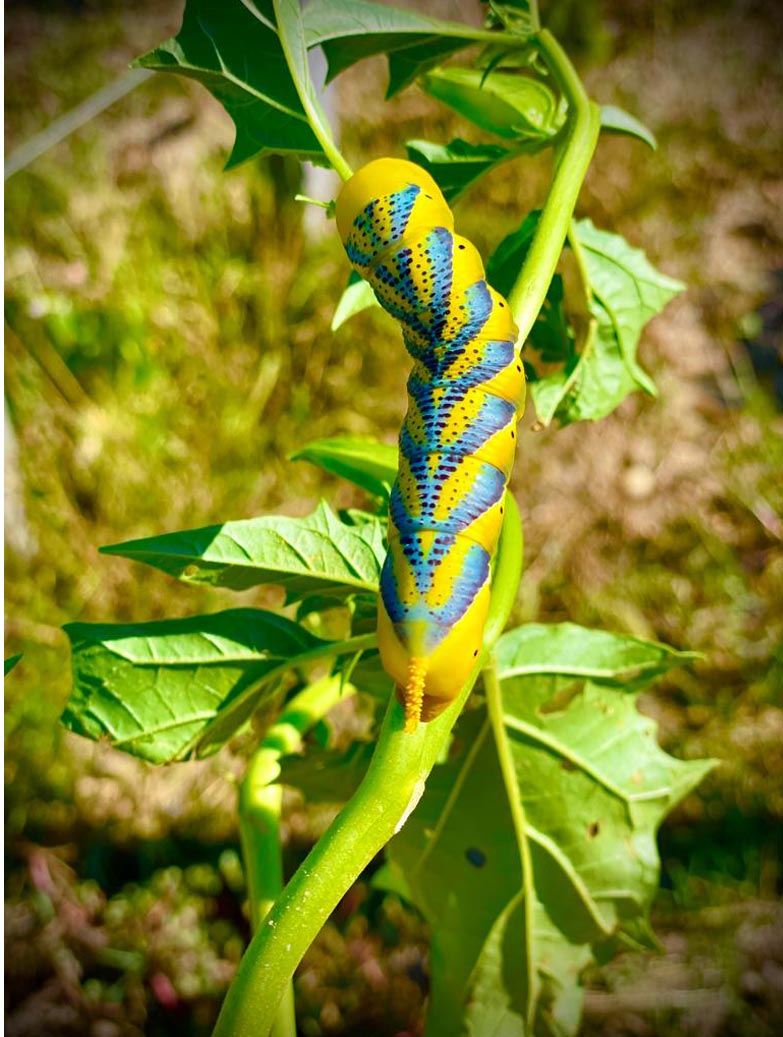Our history
A pioneer in the region:
With a history spanning back to the 17th century, Couhins boasts one of the oldest vineyards in the Graves region. At that time, it comprised two estates – Domaine de la Gavette and Domaine du Pont de Langon – which eventually merged, giving rise to Château Couhins.
On the rise:
In 1883, the property was acquired by a renowned Bordeaux merchant, Constantin Hanappier, before being consolidated - through marriages and inheritances - into the holdings of the Gasqueton family, then-owners of Saint-Éstèphe châteaux, Calon-Ségur and Capbern Gasqueton. Under Édouard Casqueton’s judicious leadership, the 60-hectare estate began to establish a reputation for producing exceptional wines.
Reaching recognition:
At the request of the Syndicat de Défense de l’Appellation des Graves, the Institut National des Appellations d’Origine (INAO) established a classification of the regions’ best wines in 1959. Based on the scores provided by the Bordeaux courtiers judging the classification, Château Couhins was awarded the Grand Cru Classé de Graves title. The estate boasted widespread notoriety at that time, with the barrels commonly fetching 60,000 Francs each - making it one of the most successful Crus Classés de Graves.
Uncertainty and upheaval:
Bringing an end to this golden age, the death of Édouard Gasqueton in 1962 marked the start of a period of difficulties for the Couhins vineyard, which was weakened by the freezing weather of February 1956 and successive heat spells in 1959 and 1961. Against this backdrop, the heirs to the estate made the difficult decision to sell the property in 1968 to the INRAE (formally INRA)*, who in turn sold 1.5 hectares of white grape vines to André Lurton - allowing him to operate under the name Couhins-Lurton.
Thanks to the INRAE, this Grand Cru Classé de Graves château was saved, although of the tens of hectares that made up the vineyard a few decades before, only four remained.
*Institut National de la Recherche pour l'Agriculture, l'Alimentation et l'Environnement (the French National Institute of Agricultural Research).
Couhin’s renaissance :
INRAE’s acquisition of Château Couhins aimed to meet the needs of several departments from Bordeaux’s research centre, offering experimentation grounds close to their laboratories. Their trials focussed not only on the vines (viticulture, agronomy, pathology, zoology, physiology, and bioclimatology), but also on fruit trees (hazelnut trees, plum trees, peach trees, apple trees), and annual plants (maize, potatoes, fodder).
Over the following years, the INRAE restructured the vineyard by designating new plots and restoring the drainage network: four kilometres of ditches and six kilometres of paths and rows were created, with a further 30 hectares of land reconditioned to ensure optimal drainage and promote healthy vine root development.
A rigorous and detailed soil map was drawn up by expert specialists, using a 50-metre grid to gain insight into the soil’s diversity - an essential exercise that was paramount in guiding subsequent replantation choices.
The current cellars and production buildings were built in 1981, followed by a state-of-the-art barrel cellar and visitor centre in 2010, illustrating Château Couhins’ revival and forward-thinking ambition.
Since his appointment as Estate Director in 1999, Dominique Forget has championed a pioneering vision, affirming the need to develop precise and sustainable winemaking practices that put people and the environment at the core. To this end, he relies not only on innovative production tools and a skilled eight-person team, but also on the proximity to vine specialists and researchers from various fields: viticultural agronomy, ecophysiology, and integrated pest management (IPM). In addition to this, the wealth of knowledge provided by Bordeaux University’s oenology faculty, including Denis Dubourdieu and his team, is instrumental to production at Château Couhins. Forget utilises this unique scientific environment by applying and adapting, with a farmer’s wisdom, the results of their research to continually improve the Couhins vineyard and its wines, staying true to his environmental and moral convictions. This translates into his extremely precise approach to decision-making, reflected in the meticulous management of the vines and the cellar. Dominique observes, measures, and records, building a database that is continuously supplemented as time goes on, starting from the plot and working down to the individual vine. The yield, the weight of bunches, wood prunings, and berries, the phenology, vigour maps, the composition of the grape, juice, and wine: everything is taken into account.
This scientific culture of continuous improvement requires rigour, patience, and perseverance - the qualities that are necessary to create exceptional and authentic wines.

A refined and precise knowledge of the soils and of the vines’ reaction to diverse environments leads to better decision-making when selecting varietals, rootstocks, and plant density – allowing a constant improvement of quality and the realisation of true Grand Cru Classé status.
The estate’s greatest success has no doubt been the planting of white varietals on its superb northern slope, which had long remained undeveloped due to the cooler climate of yesteryear, and subsequently planted with Cabernet Sauvignon due to its gravel soils.
A word from Dominique Forget, Estate Director at Château Couhins:
«I want to take part in writing the story of viticulture - as it is today, and that of tomorrow - as it continues to be faced with a range of societal and environmental challenges.
In an individualistic world that is being increasingly urbanised, cultivating vines and creating authentic, unique wines can bring meaning to many people, through the fascinating relationships that tie individuals, their history, and nature together.
Leading a young and passionate team, while remaining faithful to my moral beliefs, my aim is to make a significant contribution to the spread of viticultural knowledge. To put this research into practice, be it in the vineyards or in the cellars, to pass it on to viticultural professionals, but also to the public - these are the exhilarating and gratifying goals that unite the teams that work at Château Couhins."

